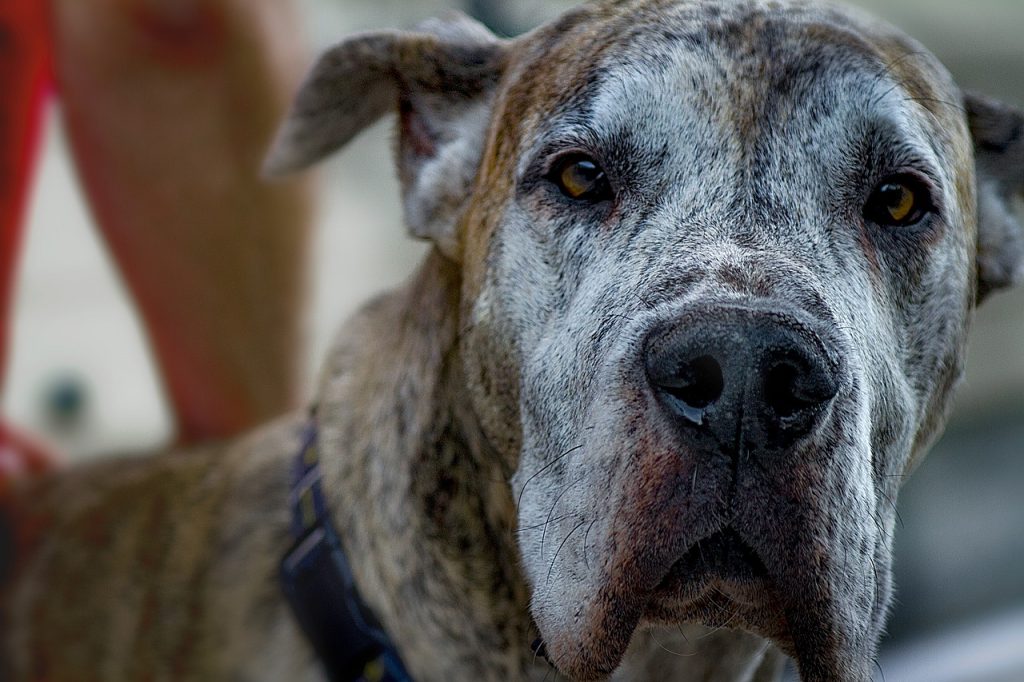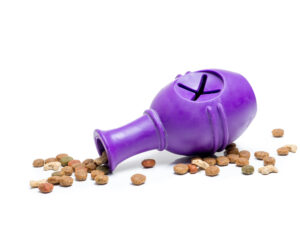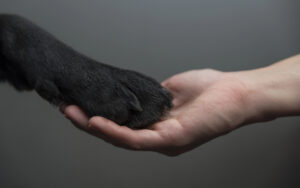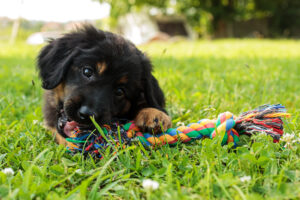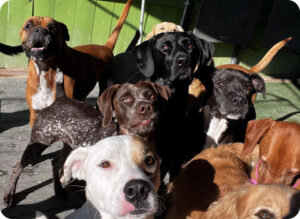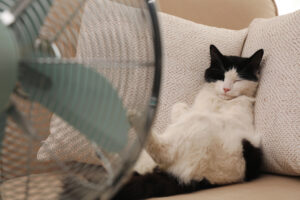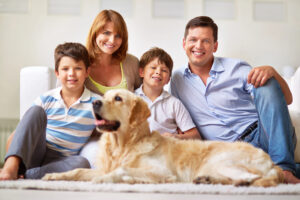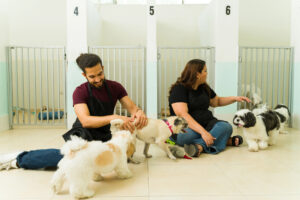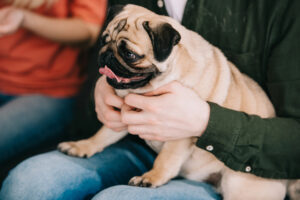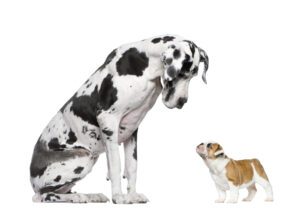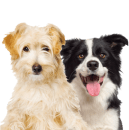 Even if your dog is not as energetic as it was when it was a puppy, it still needs exercise. Many conditions senior dogs have, actually improve with exercise and strengthening. Most senior dogs suffer from arthritis, illness, or injuries that affect their exercise ability. Exercise helps your senior dog maintain a healthy weight, and strengthen joints and muscles. Immobility can increase the risks of other conditions that might affect their health. We know how important it is to exercise your senior dog, so we have created a complete guide to exercising a senior dog.
Even if your dog is not as energetic as it was when it was a puppy, it still needs exercise. Many conditions senior dogs have, actually improve with exercise and strengthening. Most senior dogs suffer from arthritis, illness, or injuries that affect their exercise ability. Exercise helps your senior dog maintain a healthy weight, and strengthen joints and muscles. Immobility can increase the risks of other conditions that might affect their health. We know how important it is to exercise your senior dog, so we have created a complete guide to exercising a senior dog.
Types of Exercises:
- Daily Walk: Walks are a great exercise for senior dogs. Older dogs joints and limbs can be sore in the morning, to get them ready for a walk, start with a warm-up. This can be as simple as walking around the backyard a couple of times. Make sure to start slow and remember that your dog may not be able to match your pace anymore. Follow your dog’s lead, if it is slowing down, you slow down with it, if it wants to stop, then stop. If you notice your dog starts to lag, even if it is just after a block, turn around and head home. Make sure to pay attention to the weather and the terrain so that your senior dog can exercise with ease. You can test the temperature of the ground by taking off your shoes. If it is too hot or cold for you, it probably is too hot or cold for your dog. Also, make sure you are walking your dog on even surfaces to protect its joints. You can also break up your dog’s walks into smaller chunks throughout the day to make it easier on your best friend.

- Swimming: Swimming is a great way for senior dogs with arthritis or other conditions to get exercise. There are many benefits to swimming, vets even use it to rehabilitate injured dogs. The water takes the weight off of the joints and bones and allows them to strengthen muscles, joints, and hearts while being easy on the body. This is also a great way to keep your senior dog cool in summer. However, swimming will not be a beneficial exercise if your dog is not relaxed, or does not enjoy swimming. It is important to not let your dog swim without supervision, so be sure to be with your dog while it is swimming.
- Inside Exercises: If the weather isn’t suitable for outdoor activities there are several indoor exercises that can strengthen your elderly dog. If your dog can walk upstairs, you can walk them up and down slowly. However, pay attention to their signals and follow their lead. There are also cross-training exercises for dogs. These allow for isolation strengthening exercises and lets the other parts of the body rest. You can also play games with your dog like tug of war, again, you might have to go easier than you used to. Another indoor exercise is teaching your dog a new trick or set up some puzzle toys. Keeping your senior dog active will give them great mental stimulation. Keep in mind, if they don’t want to play, don’t get frustrated with them, simply move on to something different. You can also engage and exercise your dog by rolling a ball to them.
Exercising Tips:
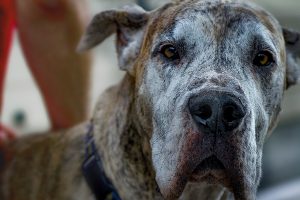
- Get the ok from your vet: Before you start a new exercise routine, check with your vet to see what your dog can handle. Have them observe your dog’s movements, how they walk, sit, and lay down. Your vet will be able to give you an idea of how long and how hard they can go. They may also be able to help you plan an effective exercise routine and plan. Your vet will also be able to tell you if your dog will need a new diet, or pain medication to keep up with the exercise plan.
- Take it slow to start and build up, stay consistent: You can start with a little bit of the exercises and build up. For example, if you and your vet decided your dog needs to walk a mile every day, it might only be able to walk a couple of blocks to start. Keep an eye on the signs for pain and discomfort and follow their speed or lead. Your dog, like yourself, won’t be able to do intense exercises right away. You also have to be consistent. If the consistency isn’t there, they never will be able to build up and will remain at the starting point. However, if your dog is sore, you did too much and will have to ease back. When your dog isn’t sore, increase the exercise gradually.
- Massage your dog after: After exercising, help your dog relax and get comfortable so they can rest. You can also use heat to help loosen the muscles before massaging. Massages have several benefits and increase blood flow, circulation, flexibility, and muscle tone. Massages are also able to relieve tension and stiffness of joints. There are also stretches you can do for your dog to help stretch their muscles. Here are some great stretches to help relieve your pet’s aches.
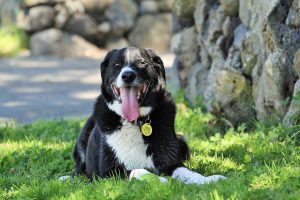 Just because your dog is getting older, and they may not seem to want to exercise, your senior dog still needs to exercise. It will take time and effort to find out what works best for your dog and what your dog can handle. Make sure to keep your dog healthy and comfortable. They love spending time with you and will need you to encourage them to exercise.
Just because your dog is getting older, and they may not seem to want to exercise, your senior dog still needs to exercise. It will take time and effort to find out what works best for your dog and what your dog can handle. Make sure to keep your dog healthy and comfortable. They love spending time with you and will need you to encourage them to exercise.
Fon Jon Pet Care is a full-service doggie daycare and pet boarding facility located in San Diego. We offer training classes, in-lodge training, pet bathing and more. Call us today at (858)-280-3605 to learn more about Fon Jon.




